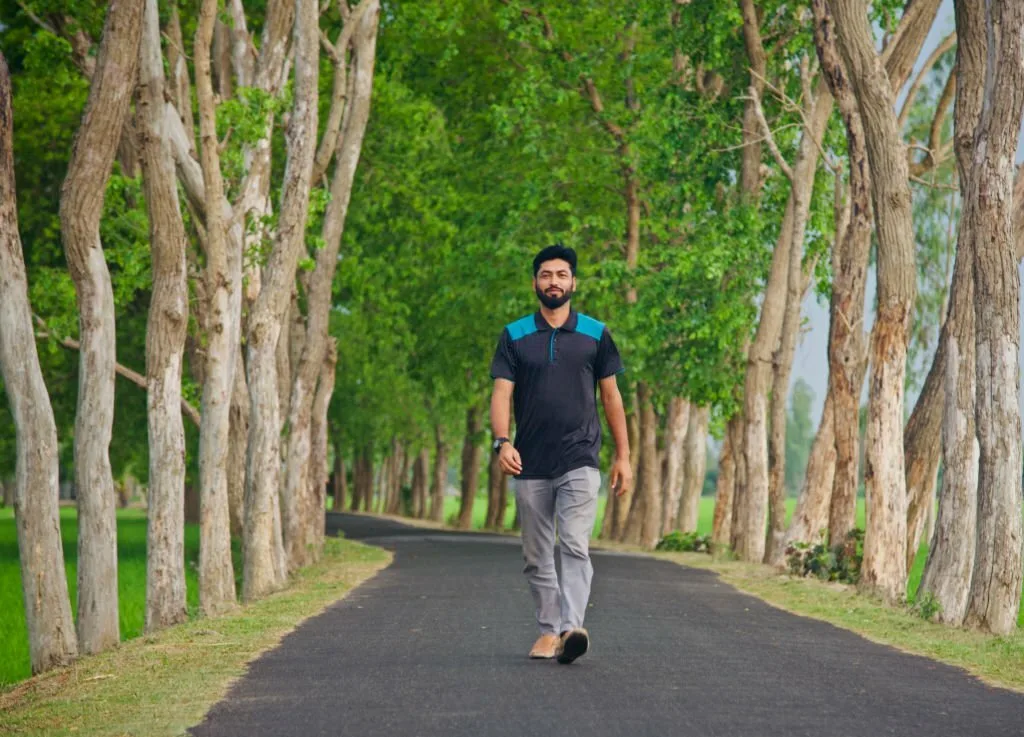While walking forward is a common and well-recognized form of exercise, its reverse counterpart, walking backward, often gets overlooked. However, recent studies have revealed that walking backward offers a unique set of health benefits that may complement or even surpass those of traditional forward walking.
1. Enhanced Muscle Engagement
Walking backward engages a different set of muscles than forward walking. While forward walking primarily utilizes the hamstrings, walking backward activates the quadriceps, hip flexors, and gluteus muscles. This diversification in muscle usage can lead to overall muscle strengthening and improved balance.
2. Improved Balance and Coordination
Walking backward requires greater focus and coordination, as it challenges the brain to process sensory information in a reversed manner. This heightened awareness can translate into better balance and coordination in everyday activities.
3. Reduced Knee Strain
Walking backward may be gentler on the knees compared to forward walking. The biomechanics of backward walking reduce compressive forces on the knee joint, potentially alleviating pain and discomfort for individuals with knee osteoarthritis or other knee-related issues.
4. Enhanced Cardiovascular Fitness
Despite the slower pace, walking backward can elevate heart rate and boost cardiovascular fitness. This is because backward walking requires more effort due to the increased muscle engagement and coordination demands.
5. Cognitive Benefits
The novelty of walking backward challenges the brain to adapt and form new neural pathways. This can lead to improved cognitive function, such as enhanced memory, attention, and processing speed.

6. Variety and Exercise Motivation
Incorporating backward walking into your routine can add variety and break the monotony of traditional forward walking. This change of pace can boost motivation and make exercise more enjoyable.
7. Rehabilitation and Injury Recovery
Physiotherapists often recommend walking backward as part of rehabilitation programs for individuals with knee injuries or chronic back pain. The reduced stress on the joints and the engagement of stabilizing muscles can aid in recovery and pain management.
Incorporating Backward Walking into Your Routine
Begin gradually and start with short distances, focusing on balance and coordination. As you become more comfortable, increase the duration and intensity of your backward walks. Consider incorporating backward walking intervals into your regular exercise routine or incorporating it into your daily activities, such as walking backward while talking on the phone or during a work break.
Walking backward may seem like a simple change, but it can yield a surprising array of health benefits. By embracing this reversed approach to fitness, you can reap the rewards of improved physical and cognitive well-being.




